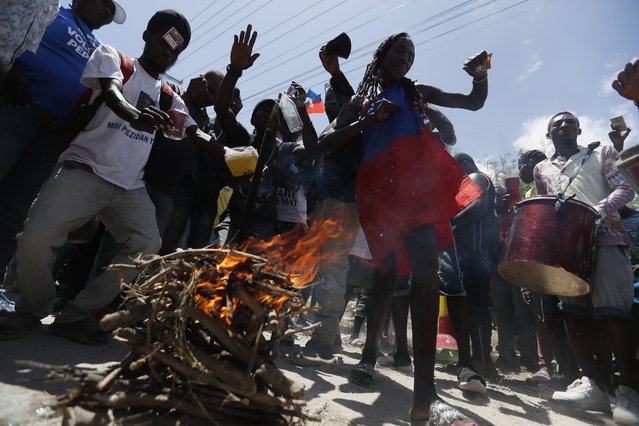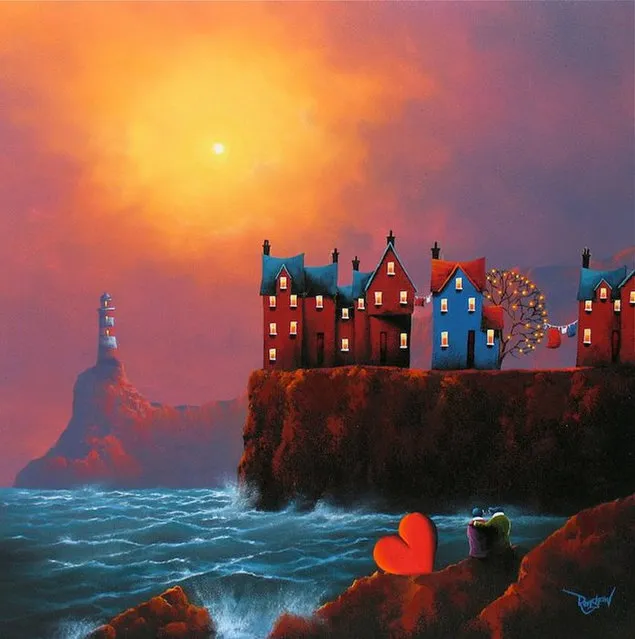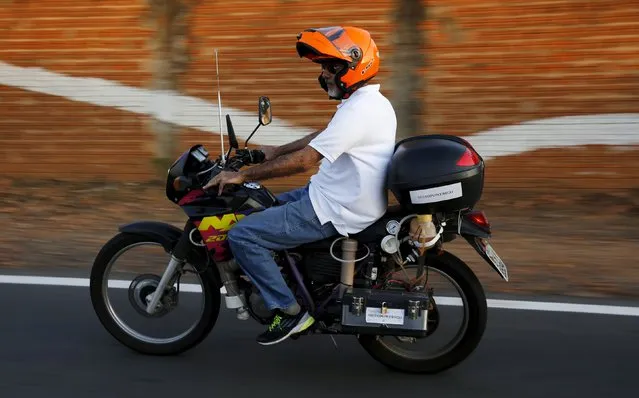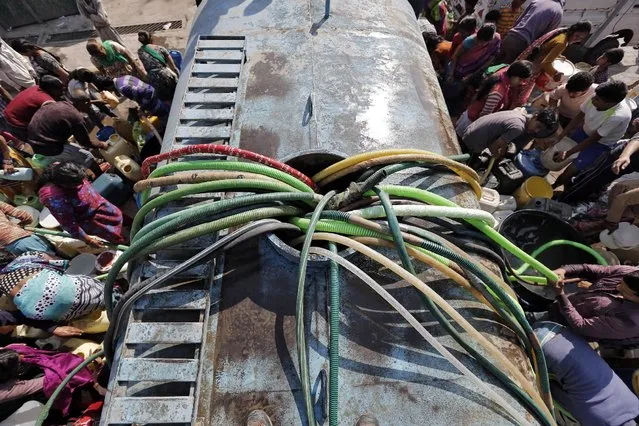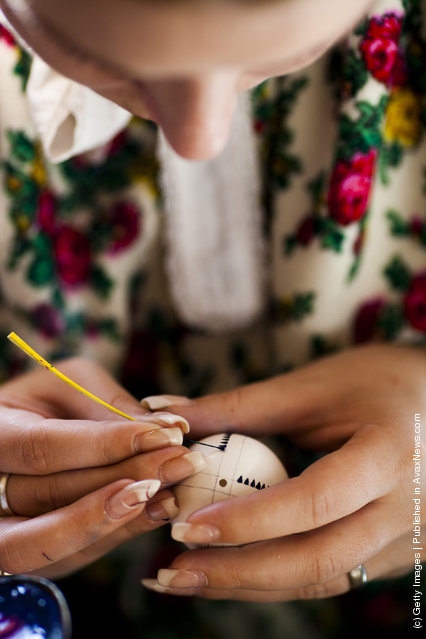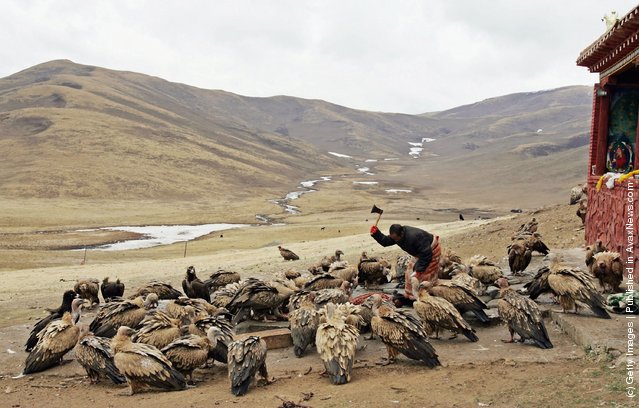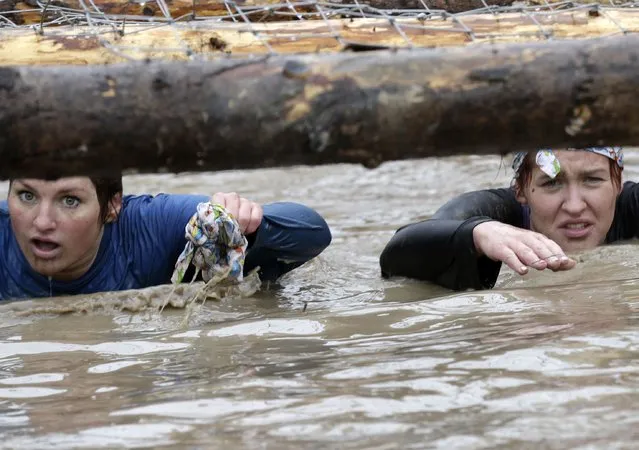
Participants cross cold and muddy waters during the Strong Race competition near Tukums May 4, 2014. About 6500 people competed in this extreme running race, which includes cross-country running, elements of agility and power discipline. (Photo by Ints Kalnins/Reuters)
07 May 2014 12:36:00,post received
0 comments


